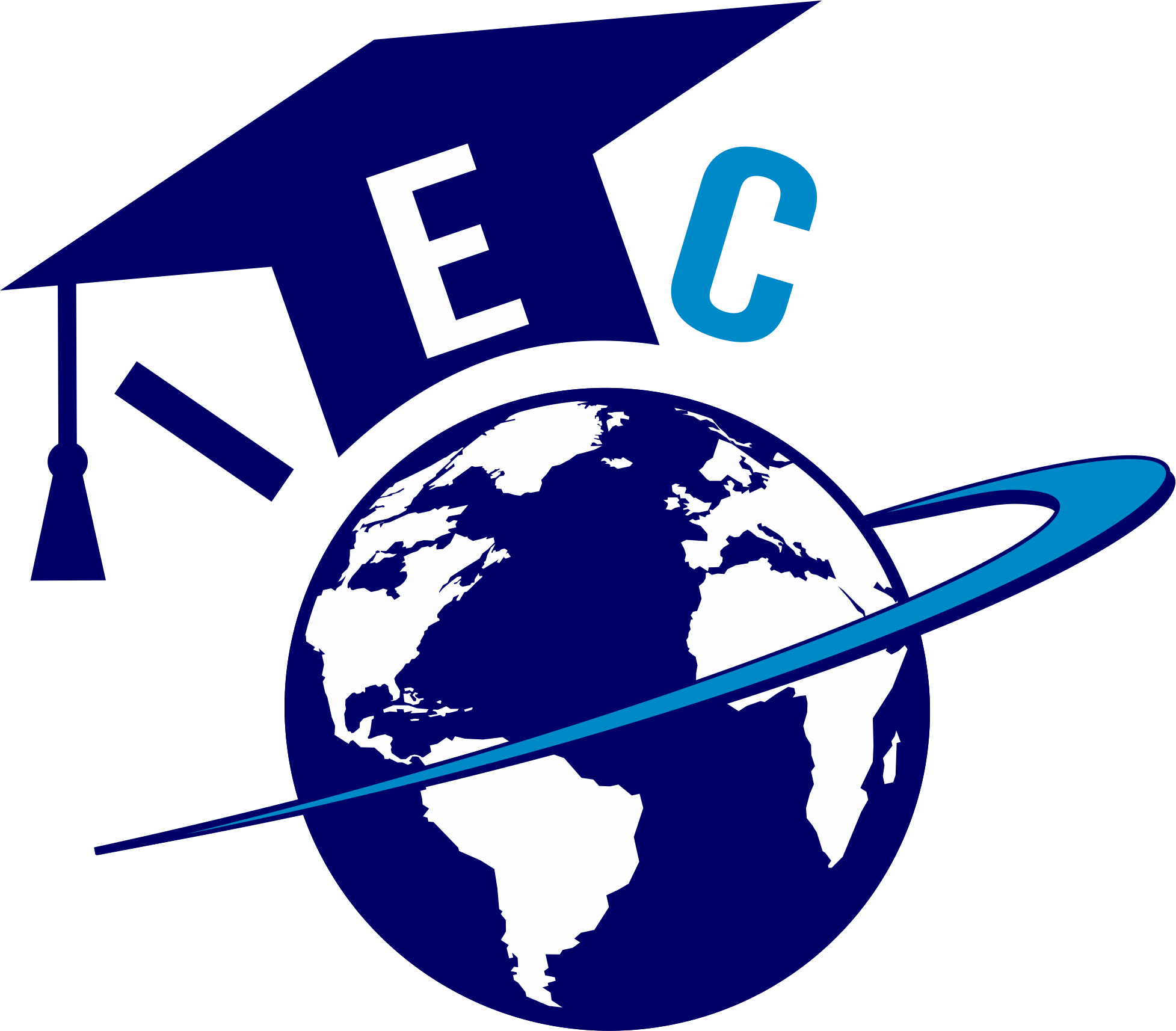Immigration for Workers in Canada

Immigration for Workers in Canada: A Comprehensive Guide
Introduction
Canada has long been known as a land of opportunities, attracting immigrants from around the world who seek better economic prospects and a higher quality of life. Among the various immigration pathways, Canada offers numerous options for skilled workers to contribute to its workforce and economy. In this comprehensive guide, we will explore the immigration options available to workers in Canada, the eligibility criteria, and the application process.
I. Economic Immigration Pathways for Immigration for Workers in Canada
Canada's economic immigration programs are designed to attract skilled workers, entrepreneurs, and investors who can contribute to the country's economic growth. These pathways can be broadly categorized into the following programs:
- Express Entry
- Provincial Nominee Programs (PNPs)
- Quebec-Selected Skilled Workers
- Start-up Visa Program
- Self-Employed Persons Program
- Atlantic Immigration Pilot Program

II. Express Entry for Immigration for Workers in Canada
Express Entry is a flagship program for economic immigration to Canada, offering a fast and efficient way for skilled workers to become permanent residents. It includes three main federal immigration programs:
- Federal Skilled Worker Program (FSWP)
- Federal Skilled Trades Program (FSTP)
- Canadian Experience Class (CEC)
Key Points:
- Candidates create an Express Entry profile, and the government uses a Comprehensive Ranking System (CRS) to rank them based on factors such as age, education, work experience, and language proficiency.
- Invitations to Apply (ITAs) are issued to the highest-ranking candidates during regular draws.
- Successful candidates receive an Invitation to Apply for permanent residence, and they have 60 days to submit their application.
III. Provincial Nominee Programs (PNPs) for Immigration for Workers in Canada
Provincial Nominee Programs are pathways for workers who want to settle in a specific Canadian province or territory. Each province has its own PNP with unique eligibility requirements and streams. PNPs are a popular choice for candidates who may not qualify under federal programs.
Key Points:
- Candidates apply directly to the province or territory they intend to settle in and, if nominated, can then apply for permanent residence to the federal government.
- PNPs often have streams targeting specific skills or professions in high demand within the province.
- Some PNPs allow for Express Entry integration, providing an additional advantage to candidates.

IV. Quebec-Selected Skilled Workers for Immigration for Workers in Canada
Quebec, as a province, has the authority to set its own immigration requirements and procedures. The Quebec-Selected Skilled Workers Program is designed for individuals intending to settle in Quebec.
Key Points:
- Applicants must first apply for a Quebec Selection Certificate (CSQ) from the province, which is required for federal processing.
- Language proficiency in French is a crucial factor for success in this program.
- Quebec has its own assessment grid to evaluate candidates based on factors like education, work experience, and family ties in the province.
V. Start-up Visa Program for Immigration for Workers in Canada
The Start-up Visa Program is an immigration pathway for entrepreneurs who have a viable business idea and the potential to create jobs and contribute to Canada's economy.
Key Points:
- To be eligible, candidates must secure a commitment from a designated organization (business incubator, angel investor group, or venture capital fund) in Canada.
- The program aims to attract innovative entrepreneurs who can help grow Canada's economy.
- Successful candidates receive a permanent resident visa and can establish their start-up in Canada.
VI. Self-Employed Persons Program for Immigration for Workers in Canada
The Self-Employed Persons Program is designed for individuals with experience in cultural or athletic activities who can make a significant cultural or athletic contribution to Canada.
Key Points:
- Applicants must demonstrate their ability to become self-employed and have relevant experience in cultural or athletic fields.
- This program is limited in the number of applications accepted each year and has strict criteria.
- Self-employed individuals can contribute to the cultural fabric of Canada and may receive permanent residence.
VII. Atlantic Immigration Pilot Program for Immigration for Workers in Canada
The Atlantic Immigration Pilot Program is a regional initiative aimed at addressing labor market shortages in the Atlantic provinces of New Brunswick, Newfoundland and Labrador, Nova Scotia, and Prince Edward Island.
Key Points:
- Employers in the Atlantic provinces can participate in the program to hire foreign workers in designated occupations.
- Candidates who receive a job offer through this program can apply for permanent residence.
- Language and education requirements are more flexible in this program compared to federal programs.
III. Eligibility Requirements for Skilled Workers: Immigration for Workers in Canada
The eligibility criteria for economic immigration programs in Canada are generally based on factors that determine a candidate's ability to integrate into the Canadian labor market and contribute to the economy. While specific requirements may vary depending on the program, the following are common factors considered:
- Age: Candidates between the ages of 18 and 45 usually receive the maximum points for age. Points decrease as candidates get older.
- Education: Educational qualifications are assessed based on a candidate's level of education and the Canadian equivalent of their foreign credentials.
- Work Experience: Candidates are awarded points based on their number of years of work experience in a skilled occupation. Canadian work experience is often more highly valued.
- Language Proficiency: Language skills in either English or French are assessed through standardized tests like IELTS or CELPIP for English and TEF for French.
- Adaptability: Factors like previous work or study in Canada, a job offer from a Canadian employer, or family connections in Canada can increase a candidate's score.
- Job Offer: A valid job offer from a Canadian employer can significantly enhance a candidate's eligibility and chances of success.

IV. Application Process
The application process for skilled workers seeking to immigrate to Canada can be complex and time-consuming. It typically involves several steps, as outlined below:
- Determine Eligibility: Before applying, candidates should assess their eligibility for a specific program or stream by reviewing the requirements on the official Immigration, Refugees, and Citizenship Canada (IRCC) website.
- Language Proficiency: Take the necessary language tests (e.g., IELTS, CELPIP, TEF) and achieve the required scores for the chosen program.
- Educational Credential Assessment (ECA): If applying under a federal program, candidates with foreign credentials must have their education assessed by a designated organization to determine its Canadian equivalency.
- Create an Express Entry Profile: For candidates interested in the Express Entry system, creating a profile is the first step. Provide accurate information about education, work experience, language proficiency, and other factors.
- Provincial Nominee Programs: If applying through a Provincial Nominee Program, follow the specific guidelines provided by the province or territory. This may involve submitting an Expression of Interest (EOI) or applying directly to the province.
- Submit a Complete Application: Once invited to apply (ITA) through Express Entry or nominated through a PNP, submit a complete application for permanent residence. Ensure all supporting documents are accurate and up to date.
- Biometrics and Medical Examinations: Candidates may need to provide biometrics and undergo a medical examination. Follow the instructions provided by IRCC.
- Background and Security Checks: Applicants must pass background and security checks. Be prepared to provide police clearance certificates from all countries resided in for more than six months.
- Interview or Verification: In some cases, candidates may be invited for an interview or asked to provide additional information or documentation.
- Permanent Residence Approval: If all requirements are met, and the application is approved, candidates receive their Confirmation of Permanent Residence (COPR) and permanent resident visa.
- Landing in Canada: Upon approval, candidates should complete their landing process in Canada, including undergoing a medical examination and showing proof of funds (if required).
- Comply with Residency Obligations: Permanent residents are required to spend a specific amount of time in Canada to maintain their status.
V. Tips and Strategies for a Successful Application of Immigration for Workers in Canada
- Consult with an Immigration Professional: Consider seeking advice from a qualified immigration consultant or lawyer to ensure your application is prepared correctly and to address any specific concerns.
- Improve Language Proficiency: Investing time and effort into improving your language skills can significantly boost your eligibility and CRS score, particularly for Express Entry.
- Networking: Building connections with potential employers, especially in your field, can lead to job offers and increased points in the Express Entry system.
- Provincial Nominee Programs: If you have a specific province or territory in mind, explore the PNPs and their streams. Provincial nominations often lead to quicker permanent residence.
- Update Your Profile: Keep your Express Entry profile and all supporting documents up to date. This ensures your application is competitive and accurate.
- Seek Job Offers: A valid job offer from a Canadian employer can provide a substantial advantage. Employers may also support your application through a Labour Market Impact Assessment (LMIA).
- Plan Financially: Ensure you have sufficient funds to support yourself and your family while establishing your life in Canada. This is a requirement for some programs.
VI. Conclusion
Canada offers numerous immigration pathways for workers, each designed to attract individuals with specific skills and qualifications. These pathways provide opportunities for skilled workers to contribute to Canada's diverse and growing economy. By understanding the various programs, eligibility criteria, and application processes, you can make informed decisions to achieve your goal of becoming a permanent resident of Canada. Whether you choose Express Entry, a Provincial Nominee Program, or another economic immigration pathway, your journey to working and living in Canada can be a fulfilling and rewarding experience.
In case, if you need legal support with Immigration for Workers in Canada, please fill in application below or contact us directly.

